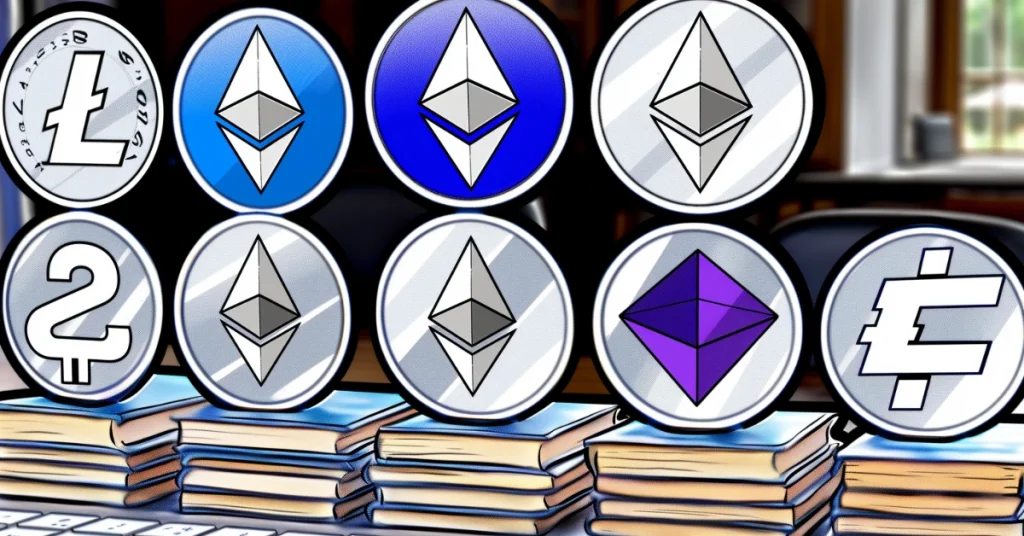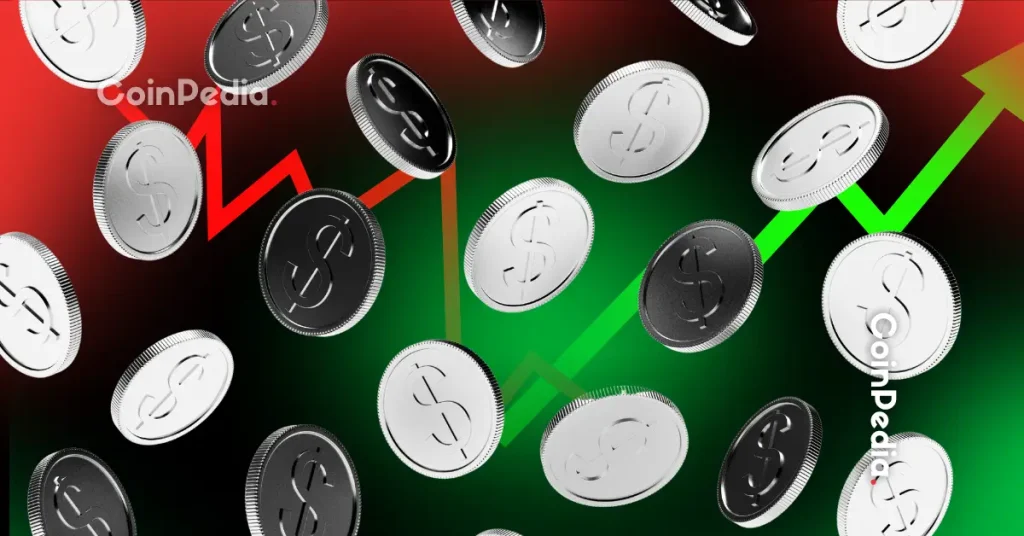Chinese President Xi Jinping urged Asia-Pacific governments to hold their supply chains together as global trade faces renewed pressure.
This came a day after Xi and U.S. President Donald Trump reached a temporary easing of trade friction during Xi’s visit to South Korea, according to Chinese state media readouts given to Cryptopolitan.
At the APEC Economic Leaders’ Meeting, which is running through Saturday, Xi said, “The more turbulent the times, the more we must work together.” He insisted that Asia-Pacific economies must avoid dividing trade networks and instead keep goods, technology, and capital moving across borders. Trump flew back to Washington after the meeting, but Xi stayed on for the broader summit discussions.
Xi outlines cooperation plan while U.S. pushes reshoring
Standing before the region’s political and business leaders, Xi said the world is experiencing changes “not seen in a century.” He emphasized that China is positioning itself as part of the solution to the instability affecting Asia-Pacific markets.
The Chinese leader did not mention the United States or tariffs directly, but he presented a clear counterpoint to Washington’s strategy, listing five areas where cooperation is needed:
- Defend multilateral trade
- Maintain open markets
- Protect supply chain continuity
- Expand green and digital trade, and;
- Support inclusive economic development
Xi told attendees that economies in the region should “extend” supply chains rather than “disconnect.” This message ran against Trump’s policy focus, which has promoted bringing manufacturing back to the U.S., and new U.S. tariff rules this year target transshipments, where Chinese goods are re-routed through Asia-Pacific countries to avoid duties.
During their meeting, Xi told Trump that “China’s development and revitalization goes hand in hand with President Trump’s vision to ‘Make America Great Again.’”
Over the past two decades, China has grown into about 27% of global manufacturing output, driven by massive production capacity. As wages rise and tariffs increase, Chinese companies have expanded operations across Asia-Pacific neighbors, while regional consumer demand has strengthened.
This has helped the Association of Southeast Asian Nations (ASEAN) overtake the European Union as China’s largest trading partner during the years of U.S.-China trade tensions.
Investment flows continue while manufacturing weakens
Xi said China will continue opening its market to foreign corporations and provide new commercial opportunities across the region.
Latest data showed Asia was the top recipient of Chinese outbound investment in the third quarter. Chinese companies announced $15.4 billion worth of deals in the region, the highest level since the pandemic.
These investments included data centers and battery materials, sectors tied to long-term growth in electronics and energy storage. Africa and Europe ranked behind Asia in new Chinese investment flows for the same period.
Yet China’s factory sector is showing clear stress, with official numbers released Friday showing manufacturing activity in October contracted to its lowest point in six months.
The purchasing managers’ index (PMI) registered 49.0, below the 50 level separating growth from contraction and lower than the 49.6 expected by analysts surveyed by Reuters, but still reversed a gradual improvement seen in earlier months, where PMI had risen to 49.8 in September, following 49.4 in August and 49.3 in July.
Sub-indexes covering production, new orders, raw material inventories, and employment all fell further. This marked both a slowdown in output and weaker demand at home and abroad.
Join a premium crypto trading community free for 30 days - normally $100/mo.
















 English (US)
English (US)